The Zumwalt Prairie of northeastern Oregon is one of those spectacular places where the large herds still roam, where big predators still stalk, where you never know what you might see on a hike.
Become a Member
Making a lasting impact for nature when you join The Nature Conservancy.
I’ve looked across at Zumwalt while standing on an Idaho ridge, and have often wondered what critters wandered that wild, grassy land. With these camera trap images, I see that the wildlife is every bit as spectacular as I imagined. I need to get there.
Zumwalt stewardship staff sent me these images from camera traps set on remote corners of The Nature Conservancy’s Zumwalt Prairie Preserve, which consists of 33,000 acres of prime bunchgrass prairie and deep canyons.
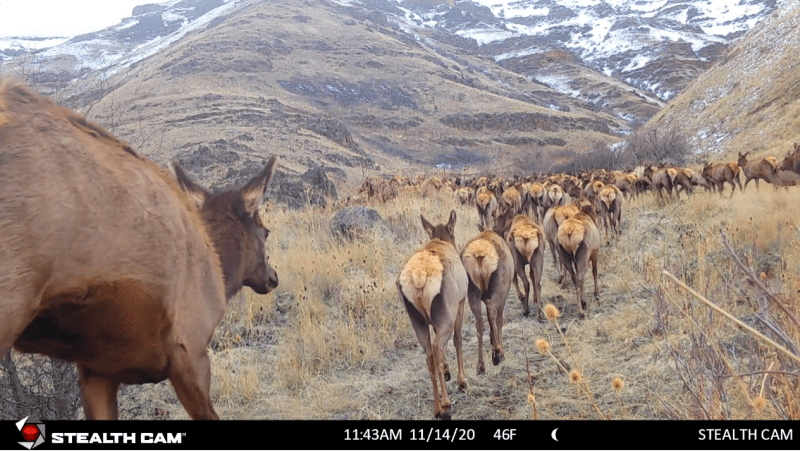
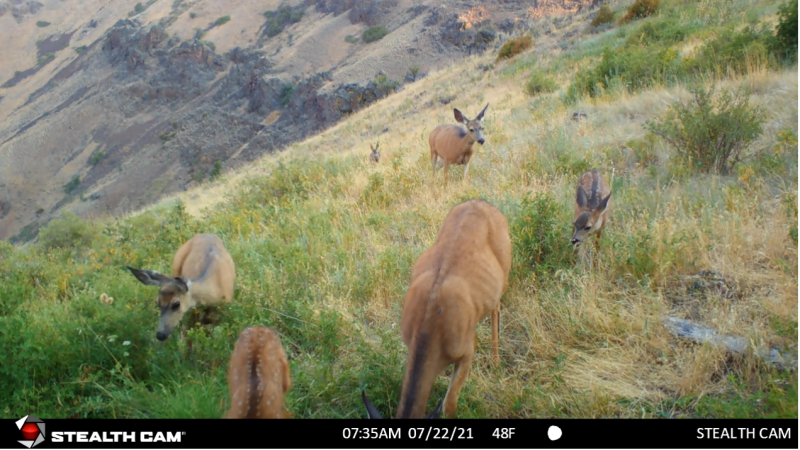
The camera traps were originally set up to monitor for people engaged in unauthorized activities on the property. Quickly, though, they realized a bigger benefit: tracking wildlife behavior, including movements of black bear, elk, mule deer, wolves, and mountain lions.
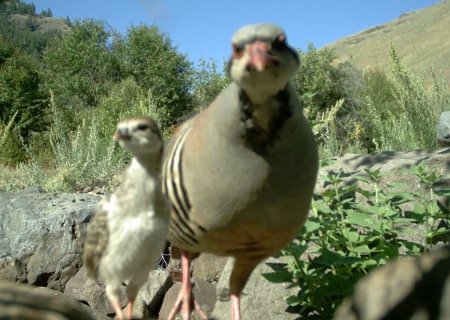
Justin Jones, Stewardship Director who started the camera trap research writes: As the project steward who maintains the cameras, I find them to be an incredibly fun part of my job. It is like Christmas every time I pick up the memory cards and see who has passed by the cameras. I frequently find myself laughing out loud at the antics of the critters who are complete characters!”
The chukar partridge above was really curious about the camera!
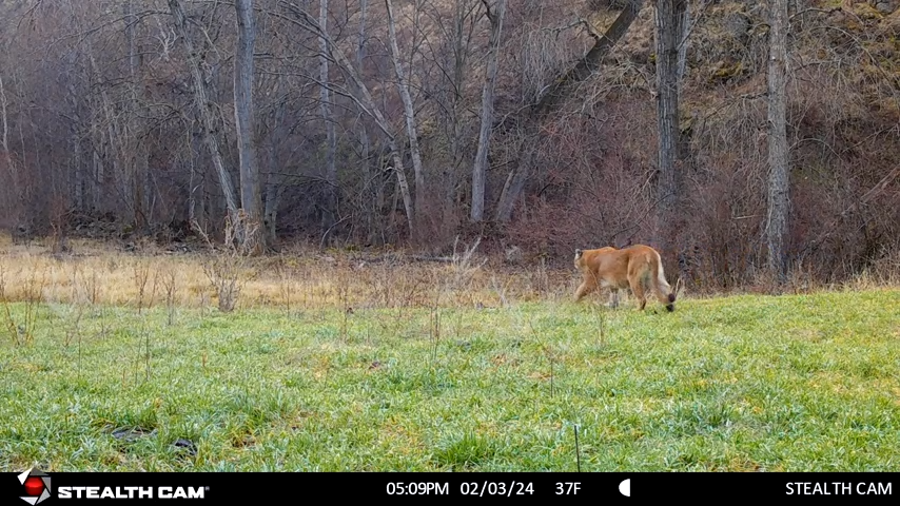
The Zumwalt Prairie is the largest remaining intact Palouse grassland in North America. The grasslands and canyons give large wildlife room to roam. The camera traps have captured several images of highly elusive animals like mountain lions and wolves.
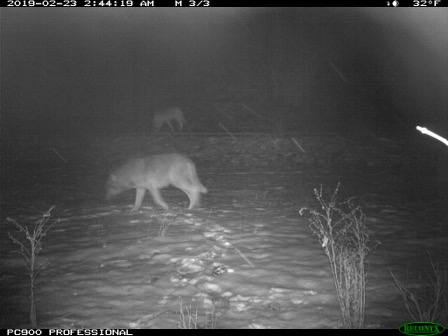
More than 250 species of birds are known to frequent the grassland, including mountain quail. In the rocky areas you can find species like the aptly named canyon wren. An abundant prey base provides food for 20 recorded species of raptors, including golden eagles.
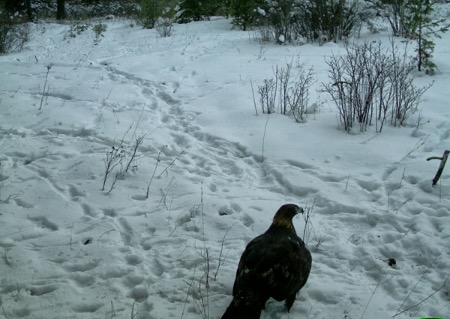
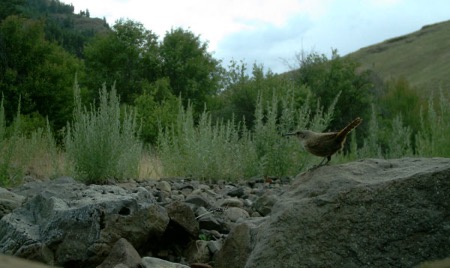
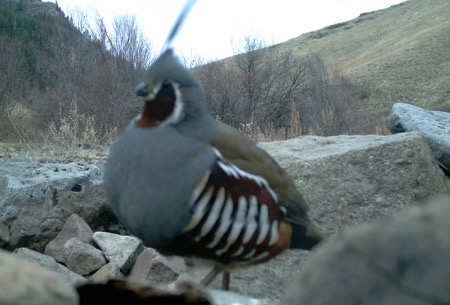
Elk are frequently captured on camera traps. Maybe too frequently. One of the preserve’s conservation goals is to increase the abundance of aspen and shrub stands. This is a challenge because the elk and cattle can browse aspen and shrubs to the point where their stands start to die. With the construction of elk and cattle proof “exclosure” fences, preserve staff are now seeing improvement to some of the aspen and shrub stands on the prairie.
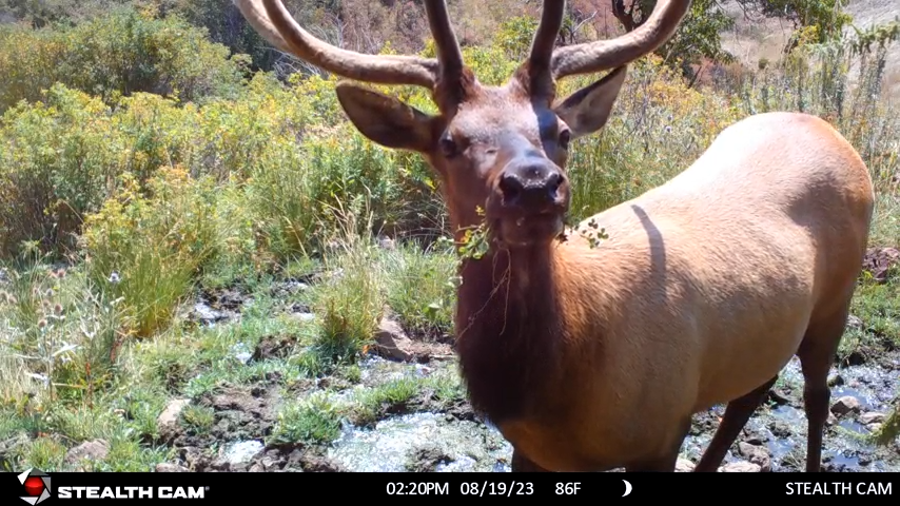
This bull elk seemed to be enjoying a nap in the mud on an early September morning. In August and September bull elk can often be found in mud wallows preparing for the coming rut.
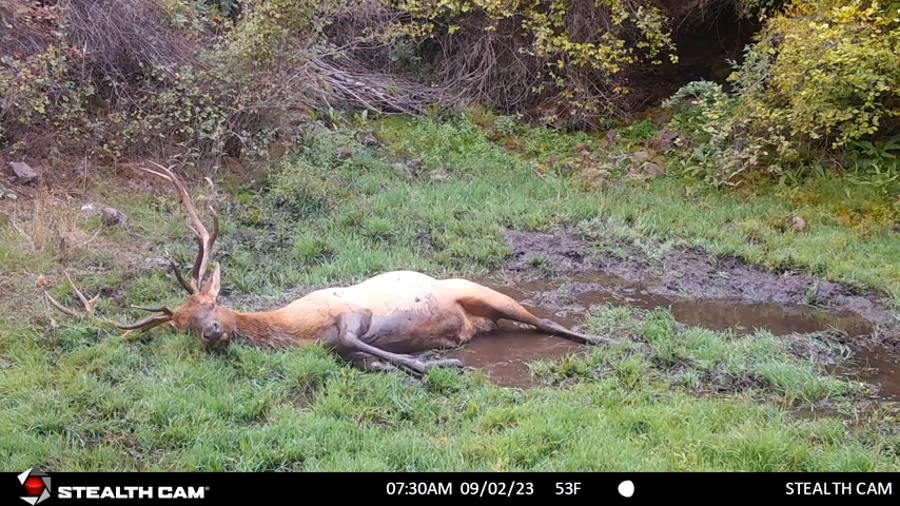
The camera traps capture interesting behavior. If you look closely, this bobcat has a mountain cottontail in its mouth.
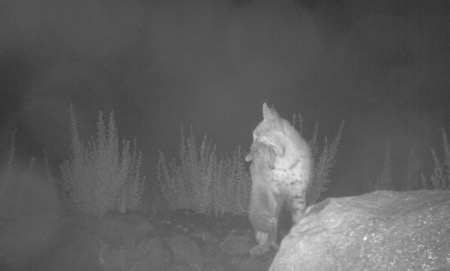
Zumwalt staff have found that images like these are very popular among Conservancy members, trustees and volunteers.
“People love seeing critters in their natural state,” says Kate Natoli, Director of External Affairs in Oregon. “It helps bring a sense of connection to the place – like a virtual backstage pass to the Zumwalt. The pictures have been a great and unexpected communications tool.”
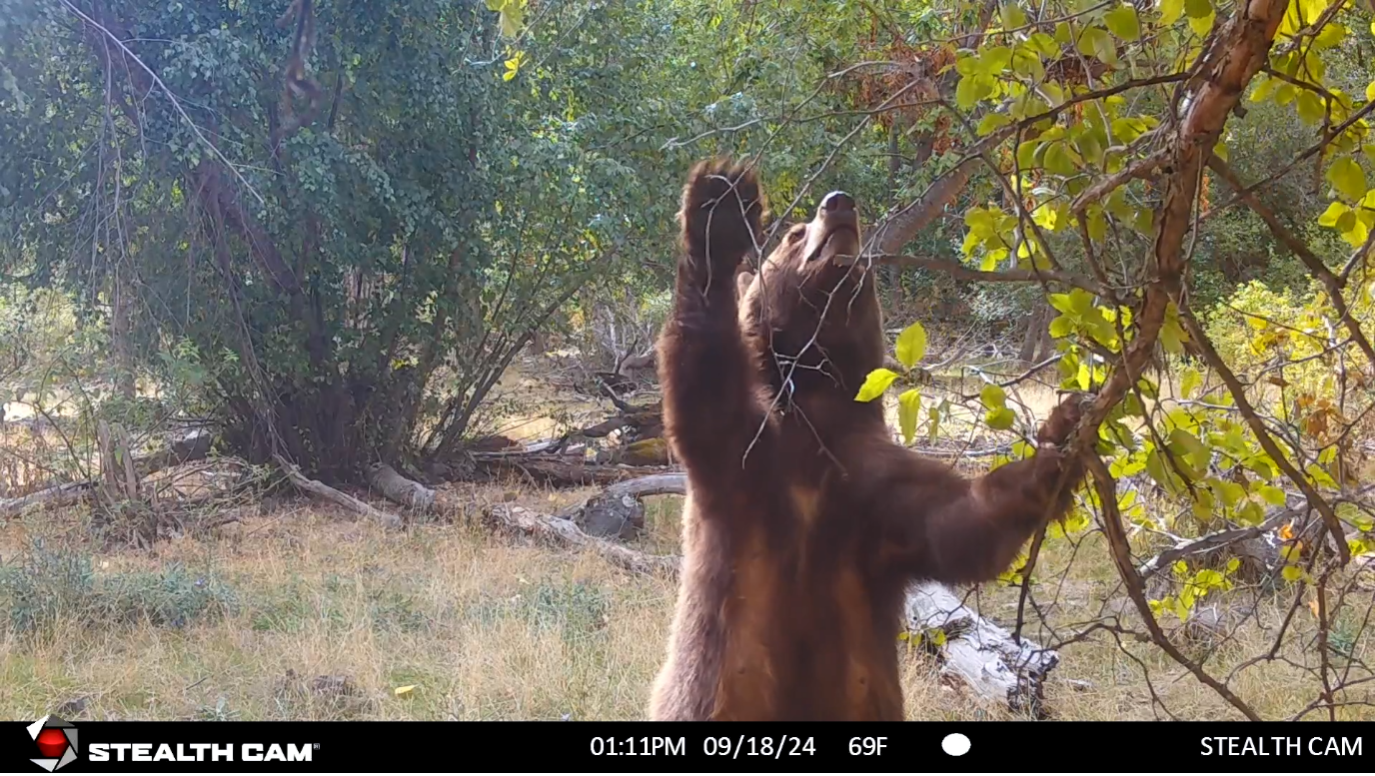
Post updated with new camera images 9 February 2025.
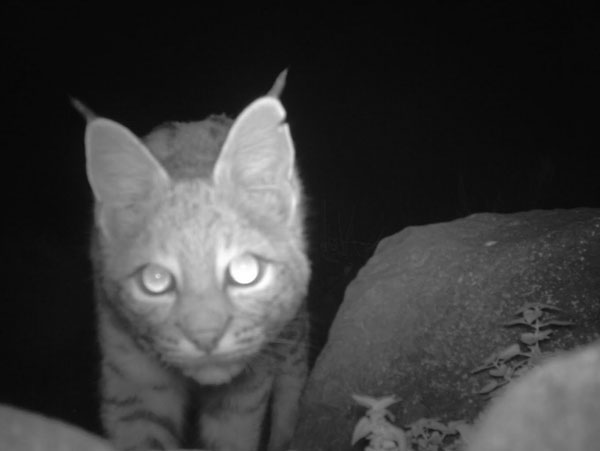



Are there trails for public viewing or guided member hikes?
I would love to be able to see more camera shots. I lived in Halfway oregon in my youth during the summers. degree in biology. now in aviation.
Please add me to your email list so that I can receive more wondrous photos like these as well as other info about the Nature Conservancy activities. Thank you, Kay
Camera’s are being placed to capture pictures of wild life so people who may be interested in them can view them without risking life and limb to see them
Great piece and two birds of high interest there … chukars of course but mountain quail to. Great bio-diversity. Looks like a place Art and I need to go visit.